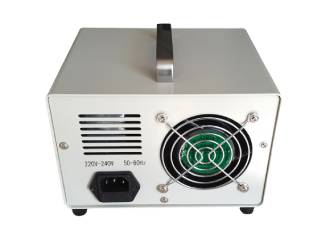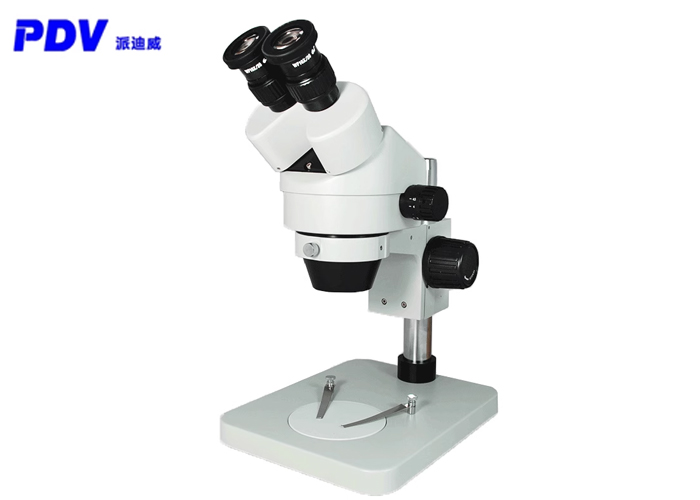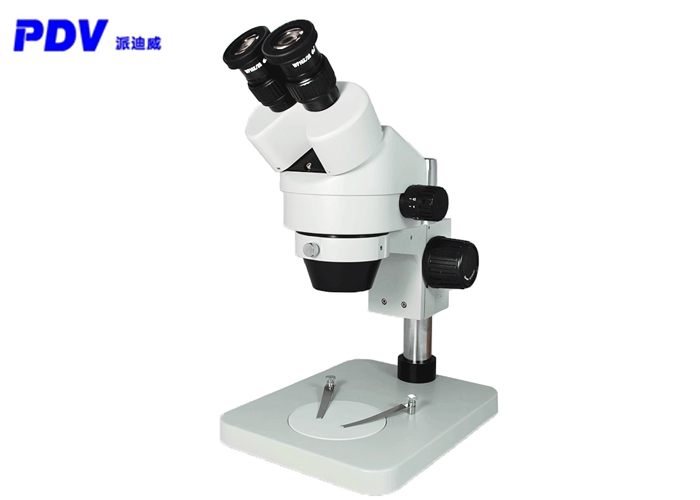Illuminators contain optical fiber sources as well as optical devices and filters designed to produce the required amount and type of illumination. While the amount of light coupled to the fiber is a major consideration in choosing illuminators, many other factors are involved, driving the market to provide multiple types of light sources.
Since many light sources will accommodate more than one fiber, the power coupled to one or more fibers will usually determine the type of light source used. Quartz halogen lamps are used in many illuminators. These light sources were developed as projectors of spotlights or lamps, available in low voltage and ac voltage versions, with a wide range of power outputs. Quartz halogen lamps are usually integrated with mirrors to simplify the focused light to optical fibers. New xenon metal halide lamps with high power output but requiring high power have been introduced, which are more efficient.
Lower-power systems have been able to use more efficient but low-power LEDs. The new LEDs are getting brighter and even more efficient, making them a viable light source for more systems.
Fiber Optic Illuminator doesn't just include lights or leads. If the lamp is not built into the lamp, a reflector may be required, as well as a lens that focuses the light into the fiber. High power sources may have infrared (IR) filters to reduce the heat in the fiber, while ultraviolet (UV) filters can prevent damage to the fiber during long-term exposure.
A power supply for the lamp or LED is required, including dimming if required. Since most lights generate a lot of heat, fan ventilation will be designed in many illuminators.
The lamp is easily filtered to provide colored light in the fiber. A removable filter is usually used on wheels driven by a small electric motor to change the color of the light in the order of choice.
The complexity of illuminators prevents most users from making their own, but many manufacturers offer a variety of models optimized for a variety of fiber types and applications. Working with these manufacturers is the best way to select the right illuminator and fiber optic compatibility.
Passive lighting using optical fibers is accomplished by solar collectors mounted on the roof that transmit sunlight through the fibers to rooms in the building or below the ship's deck.
In general, the light shoots a terminal emitter fiber through a cone of light defined by the numerical aperture of the fiber. In some cases, this is sufficient for illumination. However, it is sometimes desirable to focus the light on a smaller spot, to form a shaped illumination spot, or to scatter the light to resemble a normal bulb. End fixtures with lenses can focus light as needed, but they need to be selected in order to be compatible with the fiber used.

Fiber Optic Illuminator
Decorative lighting can also be used to create attractive lighting for light, not just the ends of fiber optics. Fiber Optic Illuminator Factory offers many different types of lamps, just like regular lamps.
Lighting levels
Since the lighting of the area or object is the reason for the use of optical fiber, the lighting level is the most important. With so many options available, it is difficult to make direct comparisons between the various fibers and illuminators. Even human eye perception, which is highly sensitive to color, is a factor.
The end-emitting fiber is easy to calibrate because the output power can be easily measured at an appropriate distance from the fiber end by a photometer calibrated in a foot candle. Edge-emitting optical fibers are harder to calibrate because they are emitted in diffuse mode and their perceived contrast depends on ambient lighting.
An illustrative look at the factors involved in the lighting provided by the various options.
Coupling power
The power coupled to the fiber is the intensity of the light source, the efficiency of focusing at the end of the fiber, the filter contained (IR, UV, and/or color), the fiber end face, and the cross-shaped reflectance. The cross-sectional area of the fiber.Obviously, the greater the fiber coupling the more power. Doubling the fiber diameter increases the cross-sectional area by a factor of four (2), so the coupling power should be four times higher. Similarly, the higher stocking density on the fiber bundle will increase the coupling power. Even the cleaning of the ends of the fibers is important because dust absorbs a lot of light.
Optical fiber attenuation
Optical fiber loss due to scattering and absorption will reduce the output power, and since optical fiber attenuation is related to wavelength, the color of the emitted light will change.Longer fibers mean the light will turn slightly red.













